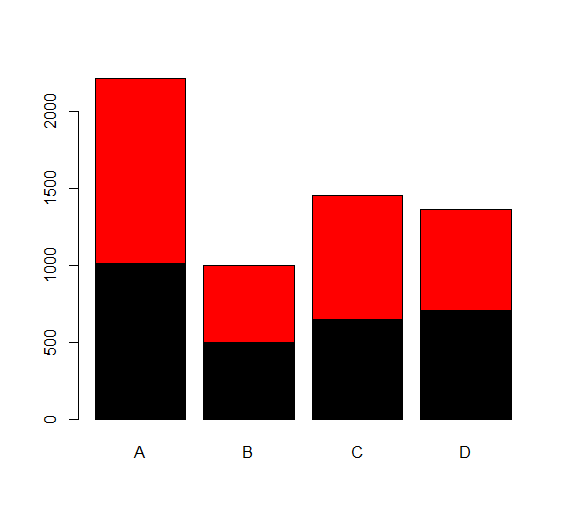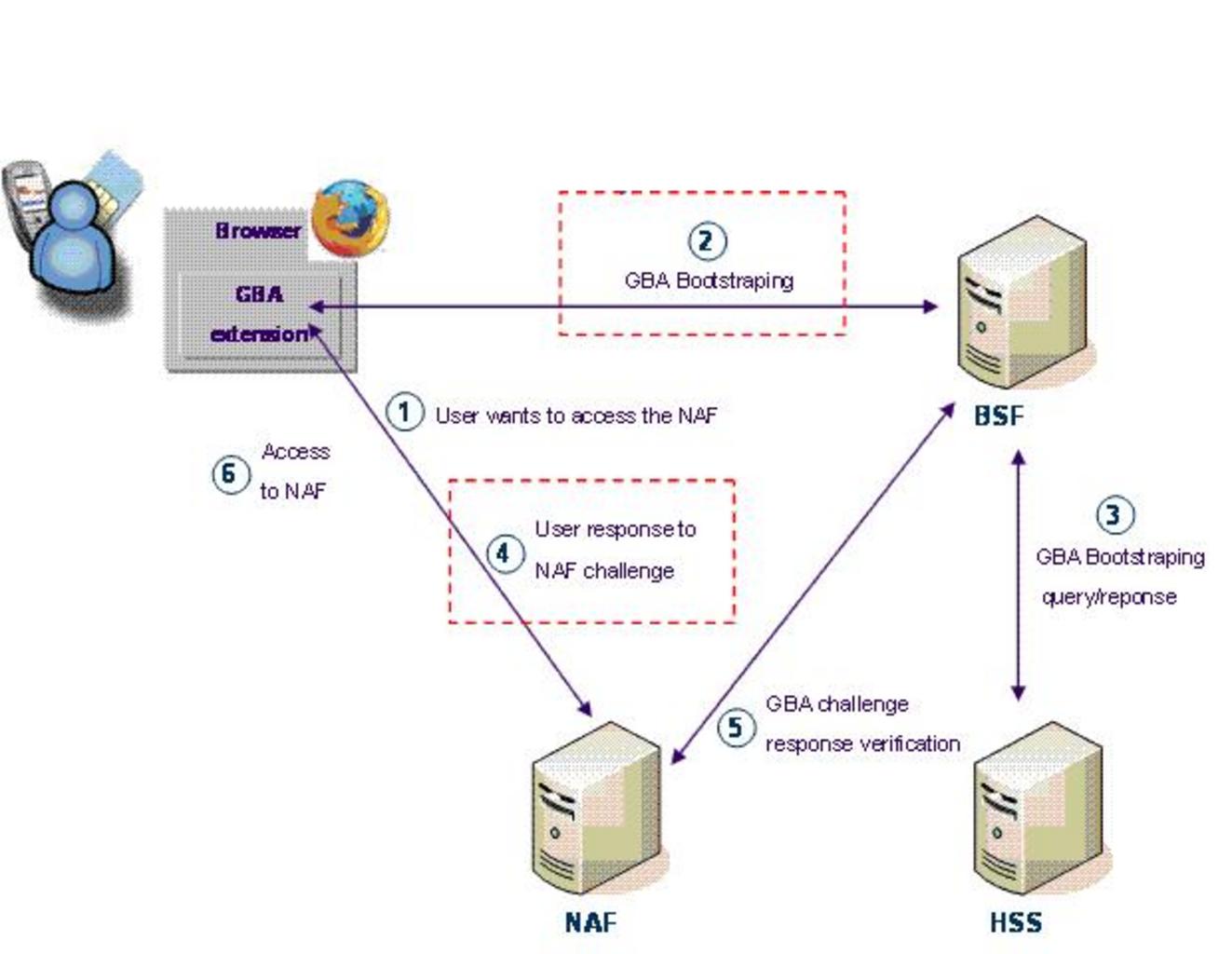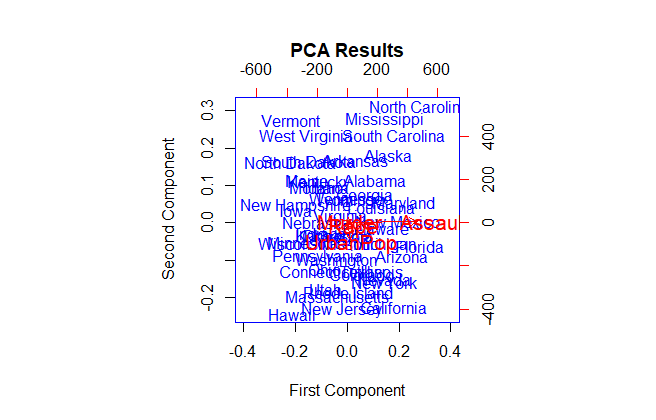Convert a continuous variable to a categorical in R, it’s often necessary to convert it to categorical data for further analysis or visualization.
One effective way to do so is by using the discretize() function from the arules package.
In this article, we’ll explore how to use discretize() to convert a continuous variable to a categorical variable in R.
The Syntax
The discretize() function uses the following syntax:
discretize(x, method='frequency', breaks=3, labels=NULL, include.lowest=TRUE, right=FALSE, ...)Where:
x: The name of the data framemethod: The method to use for discretization (default is'frequency')breaks: The number of categories or a vector with boundarieslabels: Labels for the resulting categories (optional)include.lowest: Whether the first interval should be closed to the left (default isTRUE)right: Whether the intervals should be closed on the right (default isFALSE)
Example
Suppose we create a vector named my_values that contains 15 numeric values:
my_values <- c(13, 23, 34, 14, 17, 18, 12, 13, 11, 24, 25, 39, 25, 28, 29)
We want to discretize this vector so that each value falls into one of three bins with the same frequency. We can use the following syntax:
Calculating Autocorrelation in R » Data Science Tutorials
library(arules) discretize(my_values)
This will produce the following output:
[1] [11,16) [16,25) [25,39] [11,16) [16,25) [16,25) [11,16) [11,16) [11,16) [16,25) [25,39] [25,39] [25,39]
[14] [25,39] [25,39]
attr(,"discretized:breaks")
[1] 11 16 25 39
attr(,"discretized:method")
[1] frequency
Levels: [11,16) [16,25) [25,39]
We can see that each value in the original vector has been placed into one of three categories:
- [11,16)
- [16,25)
- [25,39]
Notice that there are five values in each of these categories.
Method Options
The discretize() function offers two methods for discretization: 'frequency' and 'interval'.
The 'frequency' method ensures that each category has the same frequency of values (as seen in our example). However, this method does not guarantee that each category has the same width.
The 'interval' method ensures that each category has the same width (as seen in our second example). However, this method does not guarantee that each category has an equal frequency of values.
Conclusion
In conclusion, the discretize() function is a powerful tool for converting continuous variables to categorical variables in R.
By understanding its syntax and options (such as method and breaks), you can effectively discretize your data and prepare it for further analysis or visualization.
Whether you’re working with small or large datasets, discretize() is an invaluable tool that can help you transform your data into a more manageable and meaningful format.
So next time you need to discretize a continuous variable in R, give discretize() a try!
- Goodness of Fit Test- Jarque-Bera Test in R
- Combine Rows with Same Column Values in R
- How to Use expand.grid Function in R
- How to Estimate the Efficiency of an Algorithm?
- Need to maintain a good credit score!
- How to Use the scale() Function in R
- How to find the Mean Deviation? MD Vs MAD-Quick Guide
- Self Organizing Maps in R- Supervised Vs Unsupervised










